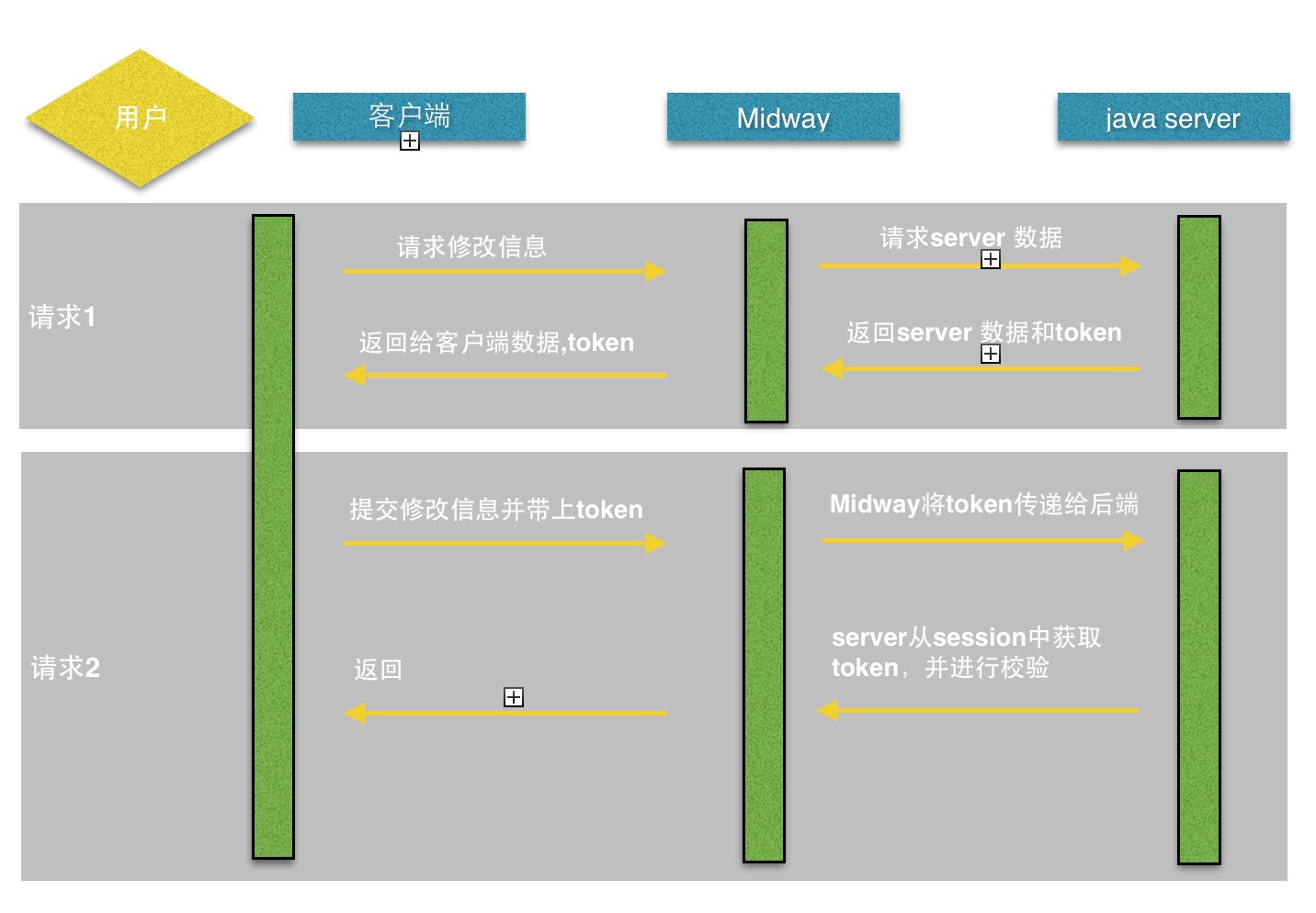集群解决的负载能力的问题,要求就是能增加服务器(群)的吞吐量和响应速度。
热备解决的是服务连续性(高可用性)的问题。
不是所有的模块都需要集群,也不是所有服务都需要热备。
下面是现有的基于postgreSQL的集群/热备方案列表。
1, pgpool
一个中间件,介于PostgreSQL Server和PostgresSQL database client之间。 具有一下特性: * Connection Pooling(连接池管理), * Replication(备份), * Load Balance(负载均衡), * Limiting Exceeding Connection(连接数限制) * Parallel Query(并发查询) BSD licensed, 不支持windows.
一个异步的主从复制系统,基于PostgreSQL,不能用于热备。
2, Slony
Slony 是一种异步的主从(master-slave)数据库复制方案,支持一主多从结构,支持cascading。
该解决方案适用于备份(非热备)。 PostgreSQL 9.0提供异步的复制方案, streaming replication
BSD licensed,
3, GridSQL
GridSQL是一个基于java的 shared nothing集群系统, 包含加速查询的负载均衡机制, Designed for Parallel Querying,基于key hash.
无心跳检测和灾备功能。
GPL licensed.
4, plproxy
一个数据库分页系统,实现基于一种pl语言设计。
对于数据操作需要使用其pl语言,pl类似于SQL.
支持水平分片,支持基于查询的负载均衡。
5, PGCluster
PGCluster是一个多主数据库同步复制工具,基于shared-nothing架构。
可以用于热备。
BSD licensed.
PGCluster的主要特性是防止数据丢失,同时也提供读操作负载均衡,但是实际应用中实施不多。
PGCluster intended features:
HA
- DB Service does not stop during fail over, auto recovery, dynamic add and upgrade server etc.
- No Single point of failure.
- Auto adjust data transfer speed based on network bandwidth.
- Load balance server and monitoring server are including.
- Any update to any master is visible from other masters immediately.
- No change in transaction handling.
- Value of now() and random() are replicated.
6, PostgreSQL 9 streaming replication
Streaming replication 是PostgreSQL 9.0里面引入的数据库复制机制,异步的。不提供集群机制。不能用于热备。


































































 我老想着学快一点,再快一点,并为此兴奋不已。掌握那些重要的学问吧,专业知识与娴熟技艺将是你的职业资本,帮你赚取金钱与享受生活。如果过得好是你的目标,学问能引你到向往之地。
我老想着学快一点,再快一点,并为此兴奋不已。掌握那些重要的学问吧,专业知识与娴熟技艺将是你的职业资本,帮你赚取金钱与享受生活。如果过得好是你的目标,学问能引你到向往之地。 经年累月,我完善了一个方法,可以加速逐层增进理解的过程。这个方法至今已被我用于各科目的课题,包括数学、生物学、物理学、经济学与工程学。只需些许修改,它对掌握实用技能也效果很好,比如编程、设计或语言。这个方法的基本结构是:知识面、练习、自省。我将解释每个阶段,让你了解如何尽可能有效率地执行它们,同时给出详细的例子,展示我是怎么应用在实际课程的。
经年累月,我完善了一个方法,可以加速逐层增进理解的过程。这个方法至今已被我用于各科目的课题,包括数学、生物学、物理学、经济学与工程学。只需些许修改,它对掌握实用技能也效果很好,比如编程、设计或语言。这个方法的基本结构是:知识面、练习、自省。我将解释每个阶段,让你了解如何尽可能有效率地执行它们,同时给出详细的例子,展示我是怎么应用在实际课程的。 这个技巧的灵感,源于诺贝尔物理奖获得者,理查德·费曼(Richard Feynman)。在他的
这个技巧的灵感,源于诺贝尔物理奖获得者,理查德·费曼(Richard Feynman)。在他的  结合做习题,费曼技巧能帮你剥开知识理解的浅层表皮。但它也能帮你钻研下去,走得更远,不只是浅层的理解,而是形成深刻的知识直觉。直观地理解一个想法,并非易事。它看似有些许神秘,但这不是它的本相。一个想法的多数直觉,可作以下归类:
结合做习题,费曼技巧能帮你剥开知识理解的浅层表皮。但它也能帮你钻研下去,走得更远,不只是浅层的理解,而是形成深刻的知识直觉。直观地理解一个想法,并非易事。它看似有些许神秘,但这不是它的本相。一个想法的多数直觉,可作以下归类: